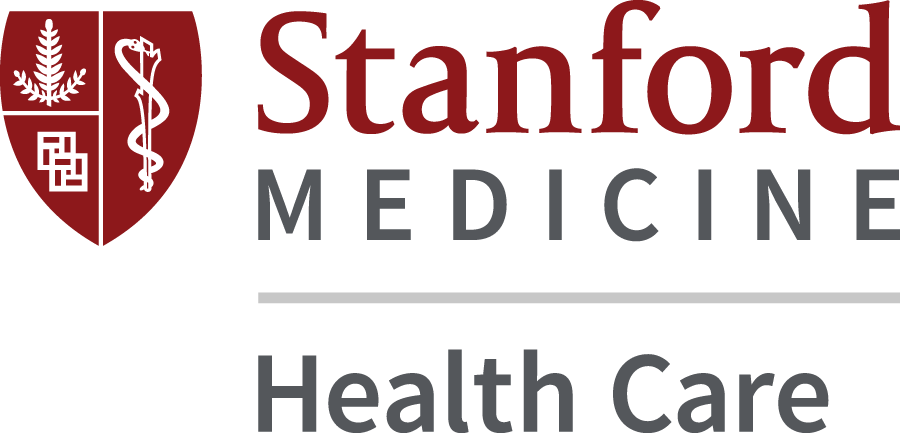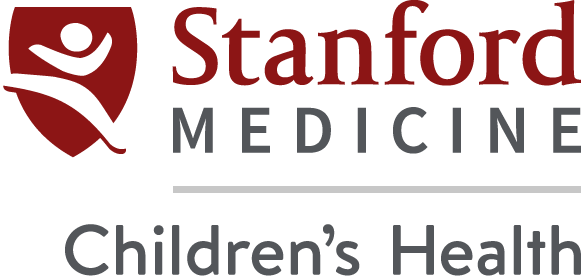The Centers for Disease Control and Prevention (CDC) and the American Academy of Pediatrics (AAP) both recommend that babies exclusively breastfeed for the first six months to attain optimal health benefits. However, most working parents return before this six-month mark, making exclusive breastfeeding challenging, and without workplace support, near impossible.
Stanford has developed a policy to support nursing parents so they can successfully provide breast milk for their children, and the university is in the process of improving accommodations for nursing parents who wish to express milk at work.
HealthySteps to Wellness spoke with Caitlin Azhderian, Stanford WorkLife Portfolio Manager, on the future of nursing support at Stanford and what you can do to support your colleagues’ efforts.
“Of the many nursing moms who I’ve spoken with during my 10+ years at Stanford, every one of them has expressed their commitment to their careers. It’s incredibly important to them to continue building their careers and successfully contributing to their work teams and units while also providing the best possible food for their children. Being able to accomplish both successfully is possible. As members of the university community, we all share a responsibility to create a culture of care. Supporting nursing parents is one way to contribute.”
Stanford’s policy on supporting nursing parents
On Stanford’s policy, Azhderian states: “Continuing to express milk after you return to work takes extra planning and support; Stanford strives to support nursing parents in several important ways.”
The policy applies to all members of the Stanford community and covers important topics, such as communication between the employee and manager on accommodations and their responsibilities to ensure adequate support.
Stanford provides a variety of accessible lactation spaces that can be used to support pumping and provides education and support through programs such as Back After Baby Bonding Leave Ends (BABBLE).
Lactation spaces are different than wellness spaces
- Wellness rooms are private rooms that anyone can use for a variety of health and wellness needs, such as meditation, injections or migraine recovery.
- Lactation spaces are private spaces that meet specific state and federal requirements for use by nursing parents to express milk.
Appropriate spaces can include a private office, conference room with a locking door, wellness room or any other compliant space that can be secured and shielded from view. Azhderian says:
“Stanford has taken our policy and practice one step further and integrated guidelines for lactation room facilities in new construction and renovations in the Facilities Design Guidelines (FDG), which is a set of guideline design documents, technical specifications and detail drawings to be used by architects, consultants and contractors in the design and construction of new buildings, infrastructure and remodeling projects.”
Stanford’s plan to improve lactation support in the workplace
As part of Stanford’s multi-year effort to support lactation, a facilities assessment was conducted in fall of 2018 to determine how space is used for pumping and opportunities for expanding dedicated space. WorkLife is now working with identified departments to support these expansion efforts.
These opportunities include:
- Identifying campus locations that offer an opportunity to work with facilities to create dedicated lactation space
- Looking at current facilities to see how they align with university policy
- Increasing education and visibility to both nursing parents and managers
- Reeducating people about state and federal regulations
- Creating opportunities to expand dedicated lactation spaces
Managers should communicate with nursing parents to ensure they’re supported
Managers should first review and become familiar with Stanford’s lactation policy. They should then work with the employee to plan a sufficient leave, discuss space available for expressing milk, and refer the employee to Stanford’s available lactation resources.
“Managers play an important role in supporting nursing parents during their transition back to work. They can help to create a work culture that supports not only nursing parents, but all caregivers.”
Resources for managers and supervisors to help support an employee during their lactation journey are available through Cardinal at Work.
Co-workers can extend understanding to nursing parents
Studies have shown that support from co-workers is essential in helping nursing parents successfully breastfeed and is more impactful than support from family and friends.
You can support a nursing co-worker by understanding that:
- Nursing is temporary and normally will not be disruptive to work.
- The nursing parent is in a transition period.
- When a nursing parent has to make adjustments to their work schedule to accommodate pumping, they are doing so because they feel it is in the best interest of their child.
Common misunderstandings about pumping at work
Pumping is not a time sink
A nursing parent will typically need two or three 10-to-20-minute breaks during an eight-hour period. However, the quantity of time and number of breaks may vary, as not all nursing parents produce the same quantity of milk, nor do their children nurse in the same way. When possible, time should be taken during regularly scheduled meal and rest periods.
Some parents work while pumping
Azhderian has talked with many Stanford employees who chose to do work on their phones or laptops while simultaneously pumping. She mentions that taking time to pump is far from a work break in the traditional sense.
You can’t pick what time of day to pump
“One misunderstanding that still surprises me is when I hear others say that a parent can pick the time of day that they pump or can wait to pump until a space becomes available.”
If nursing parents do not stick to regular times to pump, then a decrease or loss of milk supply can result. Waiting repeatedly to express milk may also result in an infection requiring antibiotics, which could be harmful to the parent and interrupt a successful breastfeeding relationship with the child.
“Producing milk is all about supply and demand. You have to demand milk from your body every day for it to keep on making milk, and you have to demand the amount of milk your baby needs every day in order for your body to keep producing the volume of milk your baby needs. Either a baby or a breast pump stimulates this production — and parents need private, clean, accessible space to do this.”
Pumping in the bathroom is not acceptable
“The analogy I like to use is that you wouldn’t tell an employee to eat their lunch in the bathroom, and what a nursing parent is doing is creating food for their baby.”
Because breast milk is a baby’s food, pumping must be done in a sanitary and private place. To this end, it’s important to educate people that nursing parents can’t pump just anywhere.
Breast milk can be stored in the office fridge
Some people equate breast milk with other body byproducts, but it is different because it is literally food. Breast milk is not a biohazard, and it is hygienic to store in a fridge used by other people.
Benefits to supporting nursing in the workplace
Workplace lactation support has numerous and lasting benefits for organizations, employees and their families. Some of these benefits include:
- Reduced medical costs for parent and child
- Fewer missed days of work
- Improved recruitment and retention of parents, which reduces financial costs associated with hiring and training new employees
- Higher productivity and loyalty
“Workplace support for nursing parents helps influence a positive organizational culture. It shows that the workplace genuinely cares for its employees’ health and families, and employees, in return, are more grateful and dedicated to their workplace.”
Stanford’s goals in supporting nursing mothers
On the future of lactation support at Stanford, Azhderian says, “I’d like to see Stanford become a model program in higher education. This would be a total integration of our policy, facilities and support programs to create a culture and infrastructure that eliminates barriers to breastfeeding after returning to work or study.”
Examples of a model program: lactation spaces equipped with pumps; pumping parts available through the bookstore; easily accessible lactation consultations; and integration of multiple departments to support nursing, including ensuring managers can effectively partner with nursing parents.
She notes that this integration is evolving, but Stanford has made excellent steps in the past several years to move toward this vision and will continue to focus on improving facilities in the coming year along with expanding educational offerings.
“New parents have a number of challenges when they return to work. My goal is that continuing to nurse isn’t one of them. I don’t want to hear anyone say, ‘I stopped breastfeeding early because I didn’t feel supported.’”
Katie Shumake
September 2019


